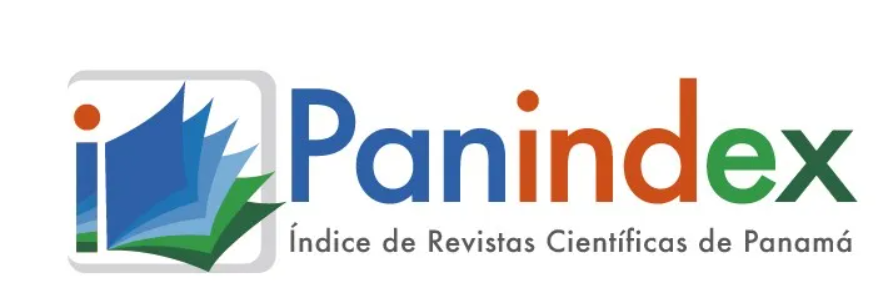The content of the publications and the links suggested in them are the sole responsibility of the authors and not of the METROPOLITAN UNIVERSITY OF EDUCATION, SCIENCE AND TECHNOLOGY (UMECIT) or CATHEDRA magazine. They are protected by international copyright laws just as the UMECIT and CATHEDRA logos, hence their reproduction is totally prohibited
This work is licensed under a Creative Commons Attribution-NonCommercial-NoDerivatives 4.0 International License.
The authors maintain the copyright and transfer the right of the first publication to the journal, with the article registered with Creative Commons Attribution-NonCommercial-NoDerivatives License, which allow others They can download the works published in this magazine and share them with other people, as long as their authorship is recognized, but they cannot be changed in any way nor can they be used commercially.
Authors are recommended to include their work in social networks such as Researchgate and institutional repositories once the article or visible fact has been published on the journal page, without forgetting to include the digital document identifier and the name of the journal.



Abstract
In Panama, we have jurisdiction, within the criminal branch, special for minors, whose objective is the management of those who, as adolescents, violate the criminal law. Knowing what are the factors that interact and lead the adolescent to commit crimes, are fundamental pillars, for those who do not reach the age of majority commit a crime (12 to 17 years), are prosecuted under the Law 40 of August 26, 1999. Adolescents are an age group, who are in one of the most difficult stages of their lives or as many experts would call the stage of "sturn and drang" storm and difficulties (L, Joseph Stone and Josep Chruch 1959), giving steps between knowing and forming your ideal self, dealing with the figurative death of a child body as psychology calls it and having to face a criminal process for having committed a crime.
Keywords
References
Bandura, Albert. Teorías del Aprendizaje, Editorial S.L.U. Libros, España-1987.
Baratta, Alejandro. Criminología Critica y Critica del Derecho Penal, Argentina, Editorial Siglo XXI. 2004.
Berk, L 1999: Desarrollo del niño y del adolescente, Madrid, España, editorial, Prentice Hall Iberia.
Dianne Papalia, Rally W 1997, Psicología del Desarrollo Colombia, editorial Mc Graw Hill.
Diane E. Papalia, Sally Wendkos Olds, Ruth Duskin Feldman, Dana Lynn Gross, Desarrollo Humano, McGraw Hills. 2001.
Sanjur Otero 2016, Justicia Penal Juvenil –Panamá, Ley 40 de 1999, editorial, Panamá.
Piaget, Jean. Manual Of Child Pyschology Jonh. Willy and Inc, New York. 1988.
Piaget, Jean. Manual Of Child Pyschology Jonh. Willy and Inc, New York. 1988.
Imbriano, Amelia Haydee, Por que matan los niños, Editorial Letra Viva, Colombia. 2003.
Ley 40 de 26 de agosto de 1999, del Régimen Especial de Responsabilidad Penal para la Adolescencia, publicada en Gaceta Oficial No. 23874, de 28 de agosto de 1999.
Downloads
Publication Facts
Reviewer profiles N/A
Author statements
- Academic society
- Universidad Metropolitana de Educación, Ciencia y Tecnología
- Publisher
- Universidad Metropolitana de Educación, Ciencia y Tecnología




















